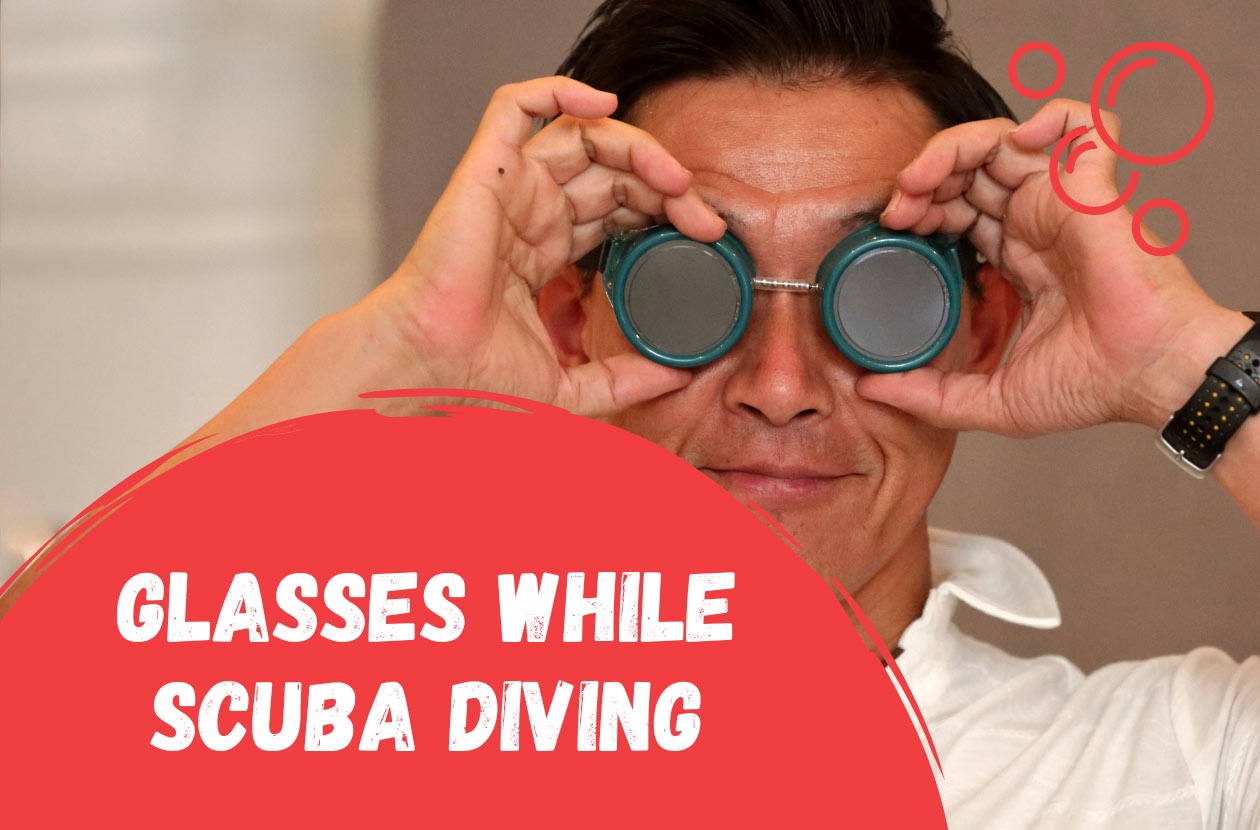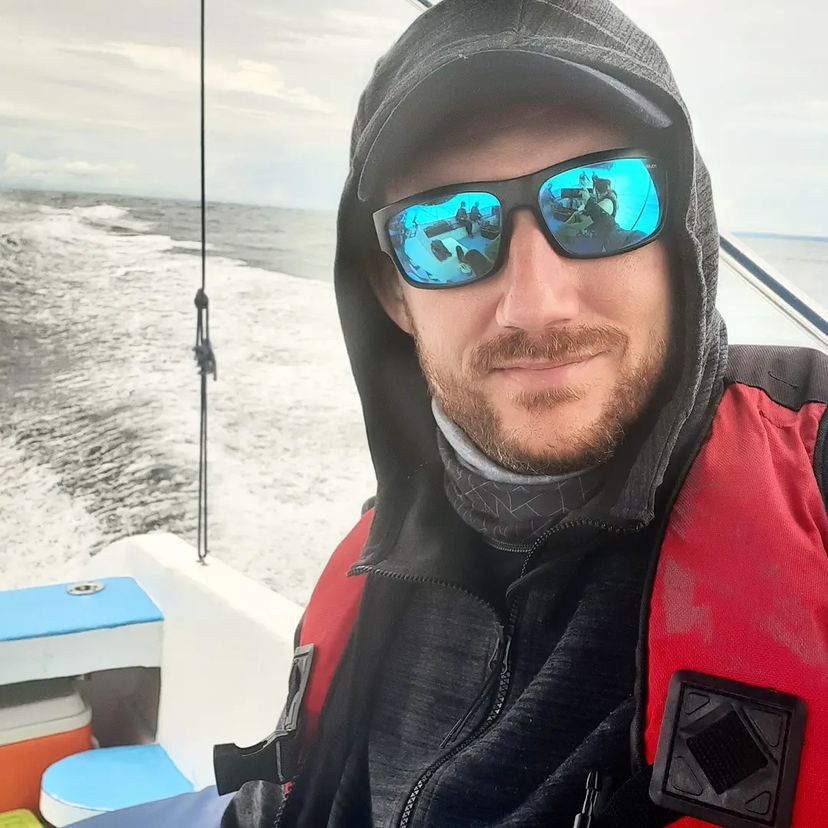Have you ever wondered what lies beneath the ocean’s surface when the sun goes down? UV night diving offers a unique and captivating experience for adventurous divers. In this article, we will explore the exhilarating world of UV night diving, from the mesmerizing biofluorescence to the essential equipment required. Get ready to dive into a world where vibrant colors come alive under the cover of darkness.
Table of Contents
Understanding UV Night Diving
You may have already tried night diving, which in itself is a really cool experience. However, there’s something else you can add to such a “regular” night dive that makes the experience even better. UV night diving, also known as fluorescent diving, is a thrilling adventure that takes place after sunset. Unlike traditional scuba diving, UV dive involves the use of special ultraviolet (UV) lights that reveal the hidden fluorescence of marine organisms. Under the UV light, corals, anemones, fish, and other underwater creatures emit brilliant and vibrant colors, creating a surreal and magical experience.
The Science Behind Biofluorescence
Biofluorescence is the phenomenon where organisms absorb light at one wavelength and re-emit it at another, creating a fluorescent glow. The fluorescent colors, often green, orange, and pink, are not visible under normal light conditions but become vivid under UV illumination. Scientists believe that biofluorescence plays a role in communication, camouflage, and attracting prey or mates.
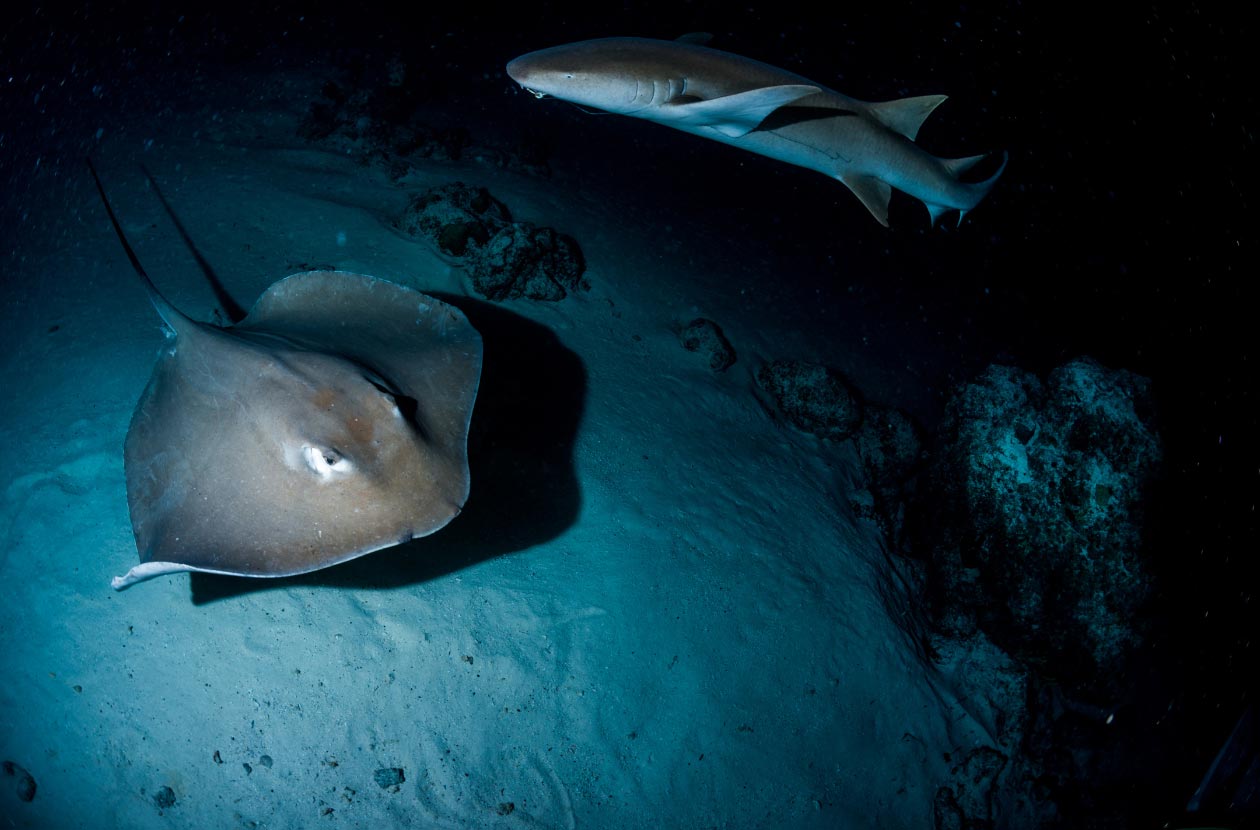
Preparing for a UV Night Dive
Before embarking on a UV night dive, it is essential to have the necessary skills and certifications. Divers should be certified in night diving and possess good buoyancy control. Additionally, it is crucial to research the dive site, be aware of local regulations, and plan the dive accordingly. Checking the weather conditions and tides is also crucial for a safe and enjoyable experience. It is generally not recommended to dive at night on sites you are not familiar with from daytime dives. Trust me that at night everything will look much different and it is very easy to get lost.
Essential Equipment for UV Night Diving
To fully immerse yourself in the world of UV diving, you will need additional equipment.In addition to standard diving equipment, you will need a UV lamp or flashlight that emits light in the range of 400 to 500 nanometers. These lights reveal the fluorescent colors and bring the underwater world to life. It is important to invest in high-quality UV lights to ensure optimal visibility and durability. A regular diving flashlight will also be useful, but to fully see the UV world, you need the right equipment.
Techniques for UV Night Diving
To get the most out of your amazing UV night diving experience, you need to master certain techniques. Make sure you practice precise buoyancy control and move with caution to avoid disturbing delicate marine life. Remember that proper positioning of UV lamps is essential to improve fluorescence visibility. Don’t hesitate to experiment with different angles and distances to discover the mesmerizing, hidden beauty of biofluorescence that awaits you underwater.
Safety Measures and Considerations
First things first, always keep safety in mind. Just like you wouldn’t forget your fins, following standard diving protocols is a must. Communicate with your dive buddy like two synchronized swimmers, making sure you’re always on the same wavelength. Remember, the marine life is the star of the show underwater, so let’s be the polite guests they deserve. No poking or prodding, and definitely no underwater karate moves! Treat them with respect, and they’ll reward you with their breathtaking beauty.
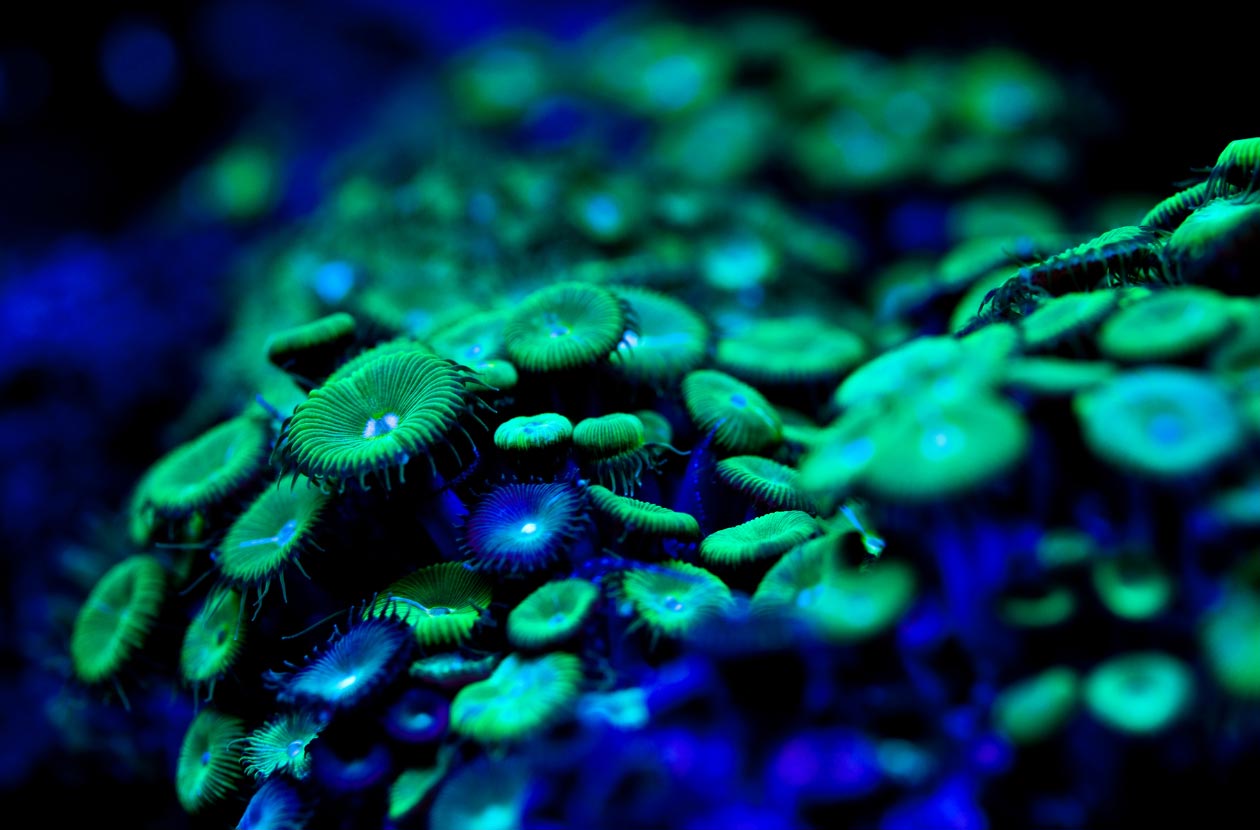
Exploring the Underwater Biofluorescent Life
UV night diving provides an incredible opportunity to explore the captivating underwater biofluorescent life. From colorful corals to fluorescent fish, the ocean comes alive with radiant hues. Coral reefs, in particular, exhibit stunning biofluorescence, with corals appearing as glowing structures against the darkness of the night. Observing the hidden beauty of biofluorescent marine organisms is a truly mesmerizing and awe-inspiring experience.
Capturing the Beauty: Photography and Videography
For those who want to preserve their UV night diving memories, photography and videography play a crucial role. Specialized camera equipment, such as UV filters and strobes, can capture the vibrant fluorescence underwater. It is important to master the techniques of underwater photography and videography to convey the enchanting ambiance and vivid colors accurately. By documenting these unique moments, divers can share their experiences and raise awareness about the wonders of night ocean.
UV Night Diving Destinations
Destinations for night fluorescence diving can be found in various parts of the world, offering divers the chance to explore different marine ecosystems. Popular locations include the Red Sea in Egypt, the Maldives, Indonesia’s Raja Ampat, and Palau in the western Pacific. Each destination boasts its own unique marine life and biofluorescent wonders, providing divers with unforgettable experiences.
The Impact of UV Night Diving on Marine Life
While UV night diving offers an extraordinary adventure, it is essential to be mindful of its potential impact on marine life. Divers must respect the environment and refrain from touching or damaging delicate organisms. By adhering to responsible diving practices, we can ensure the preservation of marine ecosystems and continue to enjoy the wonders of UV diving for generations to come.
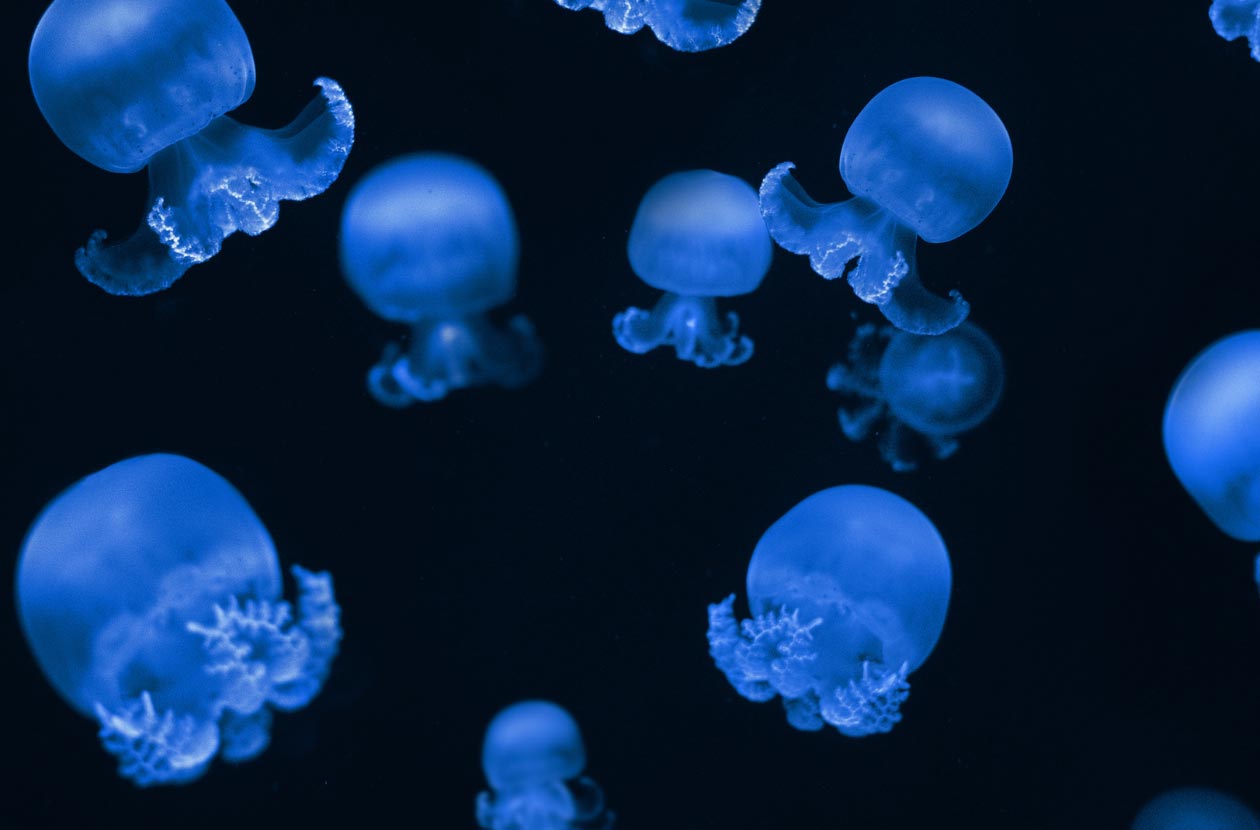
Conservation Efforts and Best Practices
Conservation efforts are crucial to protect marine life and maintain the beauty of UV night diving destinations. Organizations and dive operators work together to implement sustainable practices, such as limiting the number of divers and educating visitors about the importance of conservation. By supporting these initiatives and practicing responsible diving, we can contribute to the preservation of these fragile ecosystems. If you’re interested in the topic of protecting the underwater ecosystem you too can help by taking part in Project AWARE.
Benefits and Challenges of UV Night Diving
UV night diving offers numerous benefits, including the opportunity to witness a hidden world of vibrant fluorescence and gain a deeper understanding of marine organisms. It also adds a new level of excitement and adventure to the diving experience. However, challenges such as limited visibility, the need for specialized equipment, and the requirement for additional training should be considered. With proper preparation and a sense of adventure, these challenges can be overcome, allowing divers to fully enjoy the rewards of UV night diving.
UV Night Diving – let’s recap
UV night diving offers a mesmerizing and unforgettable experience for divers seeking to explore the wonders of biofluorescence. From the science behind this phenomenon to the essential equipment and techniques, this type of night diving opens up a whole new world beneath the surface. By embracing responsible diving practices and supporting conservation efforts, we can continue to enjoy the beauty of night ocean while protecting the marine ecosystems that make it possible.



